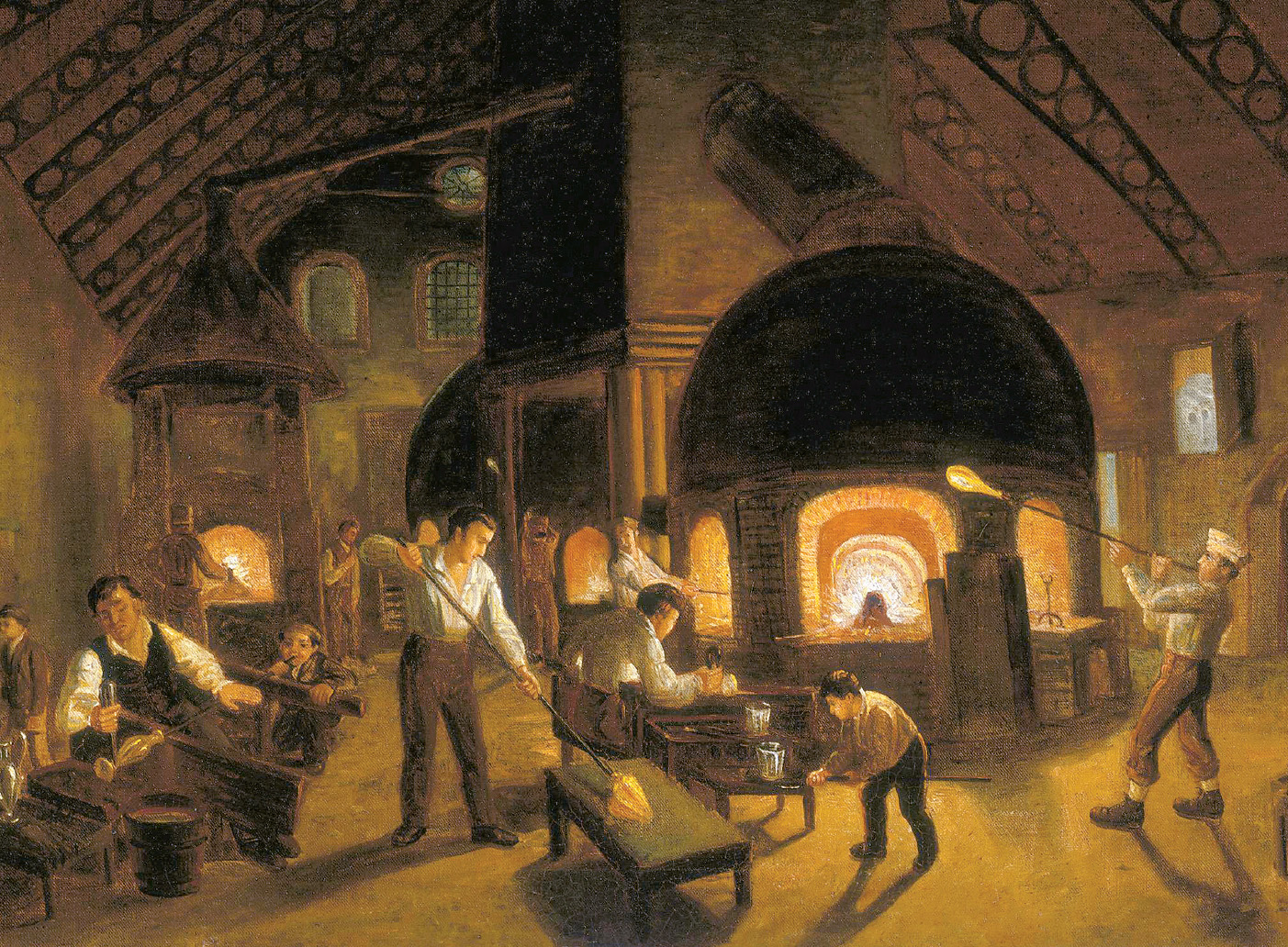Introduction for Chapter 20
20 The Revolution in Energy and Industry
ca. 1780–1850
While revolutions in France and across the Atlantic were opening a new political era, another revolution was beginning to transform economic and social life. The Industrial Revolution took off around 1780 in Great Britain and soon began to influence continental Europe and the United States. Industrialization profoundly modified much of human experience. It changed patterns of work, transformed the social class structure and the way people thought about class, and eventually altered the international balance of political power. Quite possibly only the development of agriculture during Neolithic times had a comparable impact and significance.
What was revolutionary about the Industrial Revolution was not its pace or that it represented a sharp break with the previous period. On the contrary, the Industrial Revolution built on earlier developments and the rate of progress was slow. What was remarkable about the Industrial Revolution was that it inaugurated a period of sustained and continuous economic growth that has continued to the present day. Although it took time, the Industrial Revolution eventually helped ordinary people in the West gain a higher standard of living as the widespread poverty of preindustrial Europe gradually receded. It also allowed for an unprecedented continuous growth in population, which persists to this day.
Such fundamental transitions did not occur overnight. National wealth rose much more quickly than improvements in the European standard of living until about 1850. This was because, even in Britain, only a few key industries experienced a technological revolution. Many more industries continued to use old methods. In addition, wage increases were modest until the mid-nineteenth century, and the gradual withdrawal of children and married women from paid work meant that the household as a whole earned the same or less.
Early progress in industrialization allowed Britain and other Western nations to increase their economic and political dominance over other regions of the world. ■

CHAPTER PREVIEW
The Industrial Revolution in Britain
What were the origins of the Industrial Revolution in Britain, and how did it develop between 1780 and 1850?
Industrialization Beyond Britain
How did countries outside of Britain respond to the challenge of industrialization?
New Patterns of Working and Living
How did work evolve during the Industrial Revolution, and how did daily life change for working people?
Relations Between Capital and Labor
How did the changes brought about by the Industrial Revolution lead to new social classes, and how did people respond to the new structure?
Chronology
| ca. 1765 | Hargreaves invents spinning jenny; Arkwright creates water frame |
| 1769 | Watt patents modern steam engine |
| 1775–1783 | American Revolution |
| ca. 1780–1850 | Industrial Revolution; population boom in Britain |
| 1799 | Combination Acts passed |
| 1802–1833 | Series of Factory Acts passed by British government to limit the workday of child laborers and set minimum hygiene and safety requirements |
| 1810 | Strike of Manchester cotton spinners |
| ca. 1815 | Western European countries seek to adopt British industrial methods |
| 1824 | Combination Acts repealed |
| 1829 | Stephenson introduces the Rocket, an early locomotive |
| 1830s | Industrial banks in Belgium |
| 1834 | Zollverein erected among most German states |
| 1842 | Mines Act passed in Britain |
| 1844 | Engels publishes The Condition of the Working Class in England |
| 1850s | Japan begins to adopt Western technologies; industrial gap widens between the West and the rest of the world |
| 1851 | Great Exhibition held at Crystal Palace in London |
| 1860s | Germany and the United States begin to rapidly industrialize |